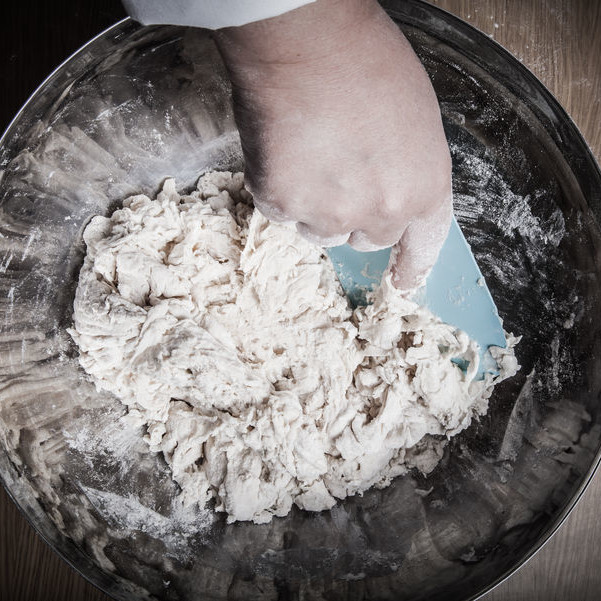
Hydration is a part of the mixing process that you MUST get right. No matter what you’re mixing—doughs, batters, or anything in between—there needs to be a way of making dry ingredients interact with wet ingredients.
True, the level of hydration you’re aiming for is going to depend on what you are mixing. However, you still need your dry ingredients to bind and retain water instantly and optimally to maximize quality and minimize costs.
Benefits of hydration
When your baked goods are properly hydrated in the mixing stage, you’ll see improvements in areas such as:
- Yield
- Mix time
- Gluten development
- Texture
- Product consistency
- Shelf-life
How to optimize hydration
First, you will need to determine the proper hydration levels for the type of product you are baking. You can find this with water absorption, or the ratio of water to flour. The higher the percentage, the higher the yield will be, and the longer shelf life it will have due to its increased moistness.
Adding water is one thing, but having it retained properly by the dry ingredients is another. Hydrophobic ingredients repel water, while hydrophilic ones steal water away from the mix. To remedy this, make sure your water ratio is correct, have a physical agitation or energy forcing the two together (the mixing process) and use properly aged flour or oxidation systems, or have a long fermentation time.
The reason for this last one is the holding time or fermentation process gives dough time to soak in water. This is why sponges can mix much faster than straight doughs. Oxidizing agents, dough conditioners and hydrocolloids can also assist with binding capacity.
The key is full and instant hydration. Gluten can now perform to its full potential, helping with product quality and consistency. With increased bound water, shelf life will also be longer. And all this because you got hydration right!

